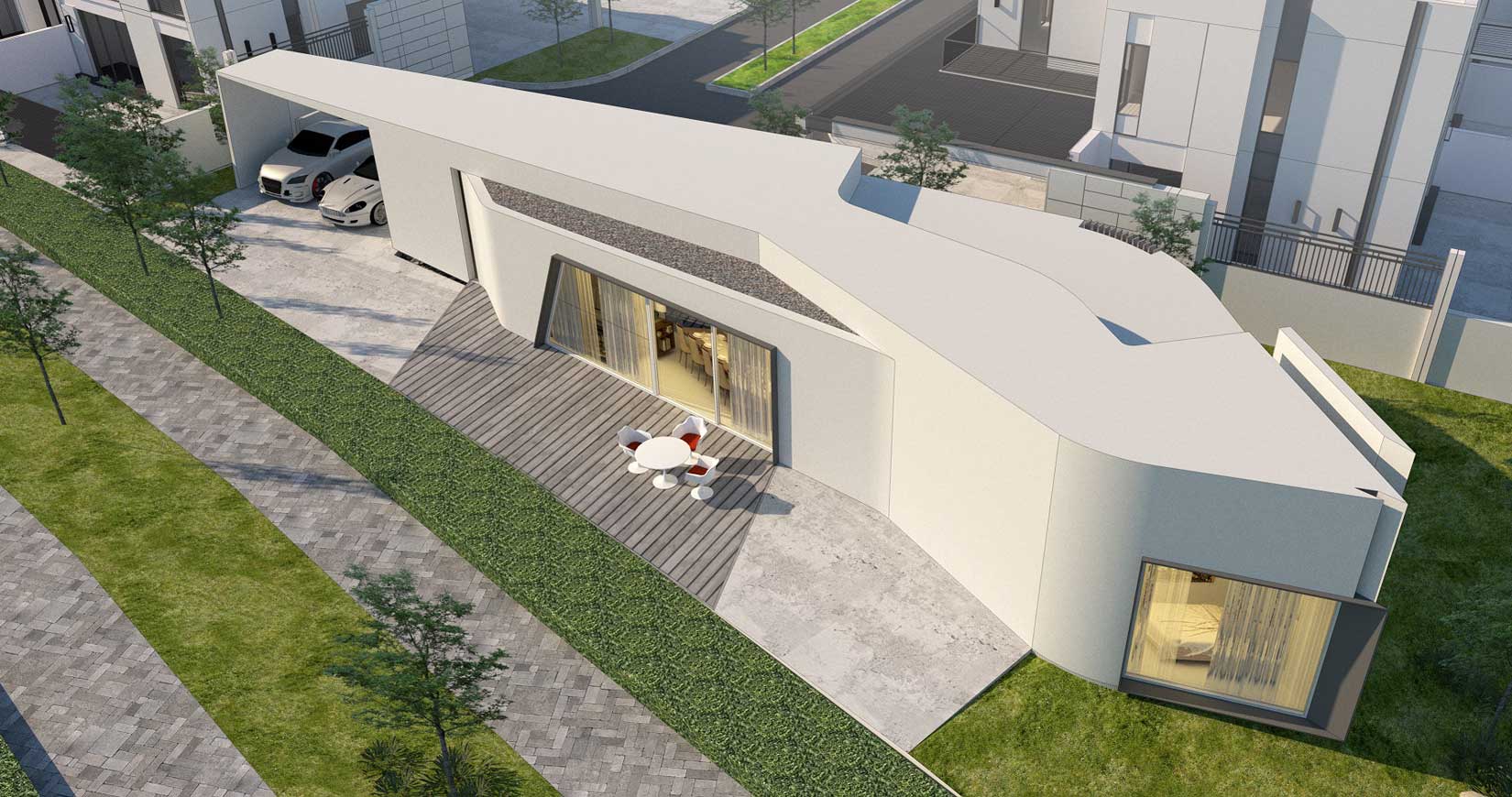Dubai, a city synonymous with innovation and architectural marvels, is poised to take another leap forward with plans to incorporate 3D printing technology in building construction. Local companies are eyeing a 2025 launch for their initial projects, marking a significant step towards the emirate's ambitious goal of having a quarter of its new buildings 3D printed by 2030.
This pioneering initiative aligns with Dubai's 3D Printing Strategy, launched in 2016, which aims to establish the city as a global leader in this transformative technology. The strategy envisions 3D printing playing a pivotal role in three key sectors: construction, medical products, and consumer goods.
The construction sector stands to benefit immensely from the adoption of 3D printing. Proponents highlight several advantages, including reduced construction times, minimized waste generation, and enhanced design flexibility. 3D printing allows for the creation of intricate and free-form structures, potentially pushing the boundaries of conventional architecture.
Companies like 3DXB, which recently constructed the world's largest 3D-printed villa in Dubai, and US-based AC3D, which established its operations in the city last year, are at the forefront of this movement. They are actively engaged in discussions with contractors and developers to integrate 3D printing into upcoming projects.
A crucial milestone was achieved in July 2023 when the Dubai Municipality issued the first construction license for a private villa utilizing 3D printing technology. This development underscores the growing confidence in the technology's viability and paves the way for wider adoption.
The potential benefits of 3D-printed buildings extend beyond aesthetics and design. Proponents claim that the process can lead to significant cost reductions through lower labor requirements and efficient material usage. Additionally, the technology offers environmental advantages by minimizing construction waste and potentially reducing the carbon footprint compared to traditional methods.
While challenges remain, such as ensuring the structural integrity of large-scale 3D-printed buildings and developing efficient regulatory frameworks, Dubai's commitment to innovation is paving the way for a future where 3D-printed structures become commonplace. The emirate's pioneering efforts hold the potential to revolutionize the construction industry and inspire other cities to embrace this transformative technology.

